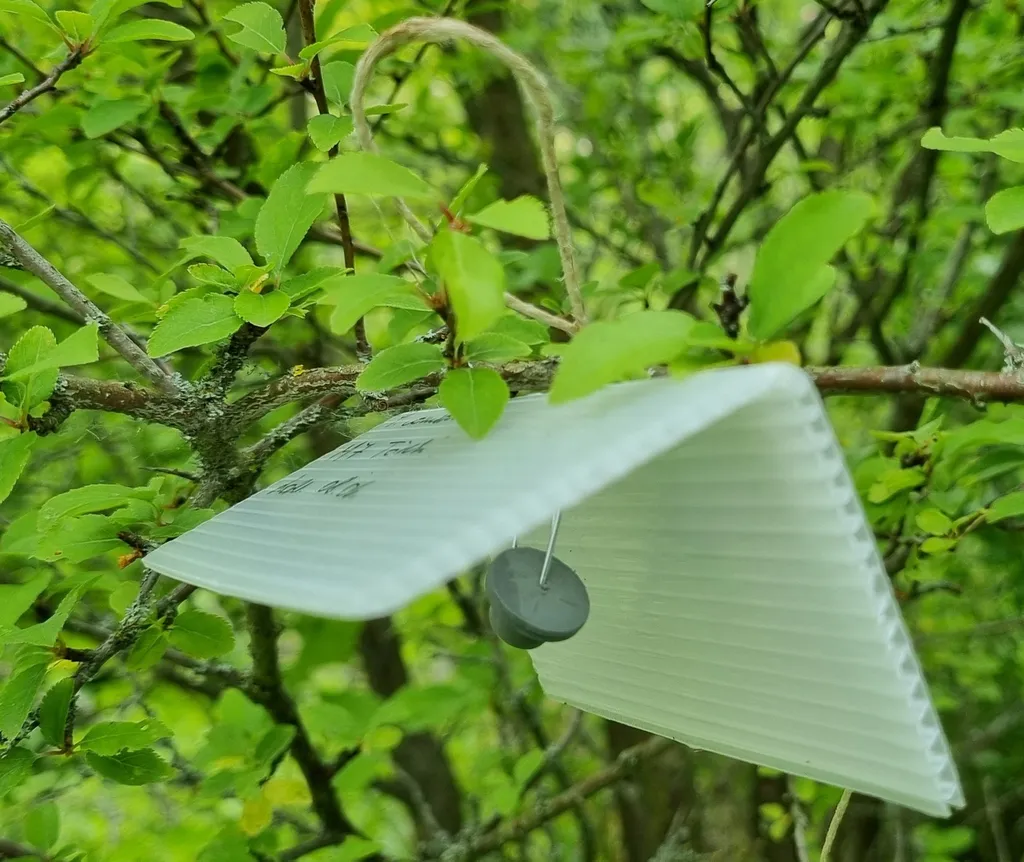In the heart of Europe, a silent invasion is underway, and it’s not the stuff of science fiction. Researchers have detected the northward spread of an invasive mealybug species along Hungary’s highways, a finding that could have significant implications for agriculture and forestry. The study, led by Éva Szita from the National Laboratory for Health Security’s Plant Protection Institute, part of the HUN-REN Centre for Agricultural Research, sheds light on the potential threats posed by these tiny invaders.
The research, published in the Biodiversity Data Journal (translated from Hungarian as the Journal of Biodiversity Data), focused on three mealybug species: Pseudococcus comstocki, Planococcus citri, and Planococcus ficus. These species, native to warmer climates, are making their way into new regions due to climate change and increased global trade. “The intensification of road transport and global trade has contributed to a significant increase in the number of newly introduced scale insect species into new regions,” Szita explained.
Using a network of pheromone traps along highways, the research team monitored the presence of these mealybug species. The results were striking. For the first time, Ps. comstocki was confirmed in outdoor environments at six localities in Hungary. This marks the northernmost documented outdoor occurrence of Ps. comstocki in Europe. “It is currently the northernmost documented outdoor occurrence of Ps. comstocki in Europe,” Szita noted.
The implications of this finding are profound. Invasive alien pests like these mealybugs can cause considerable economic losses in agriculture and forestry. They can damage crops, reduce yields, and increase production costs. The energy sector, which relies on agricultural products for biofuels and other applications, could also feel the ripple effects.
The study highlights the importance of early detection and monitoring of invasive species. By using molecular tools and pheromone traps, researchers can identify and track these pests more effectively. This proactive approach can help mitigate the potential damage caused by invasive species and protect the agricultural and forestry sectors.
Looking ahead, this research could shape future developments in the field of invasive species management. The use of molecular tools and pheromone traps could become standard practice in monitoring and controlling invasive pests. Additionally, the findings could inform policies and strategies aimed at preventing the spread of invasive species and protecting biodiversity.
As the world grapples with the impacts of climate change and global trade, the need for effective invasive species management has never been greater. The research by Szita and her team is a crucial step in this direction, providing valuable insights into the spread of invasive mealybug species and the potential threats they pose.

